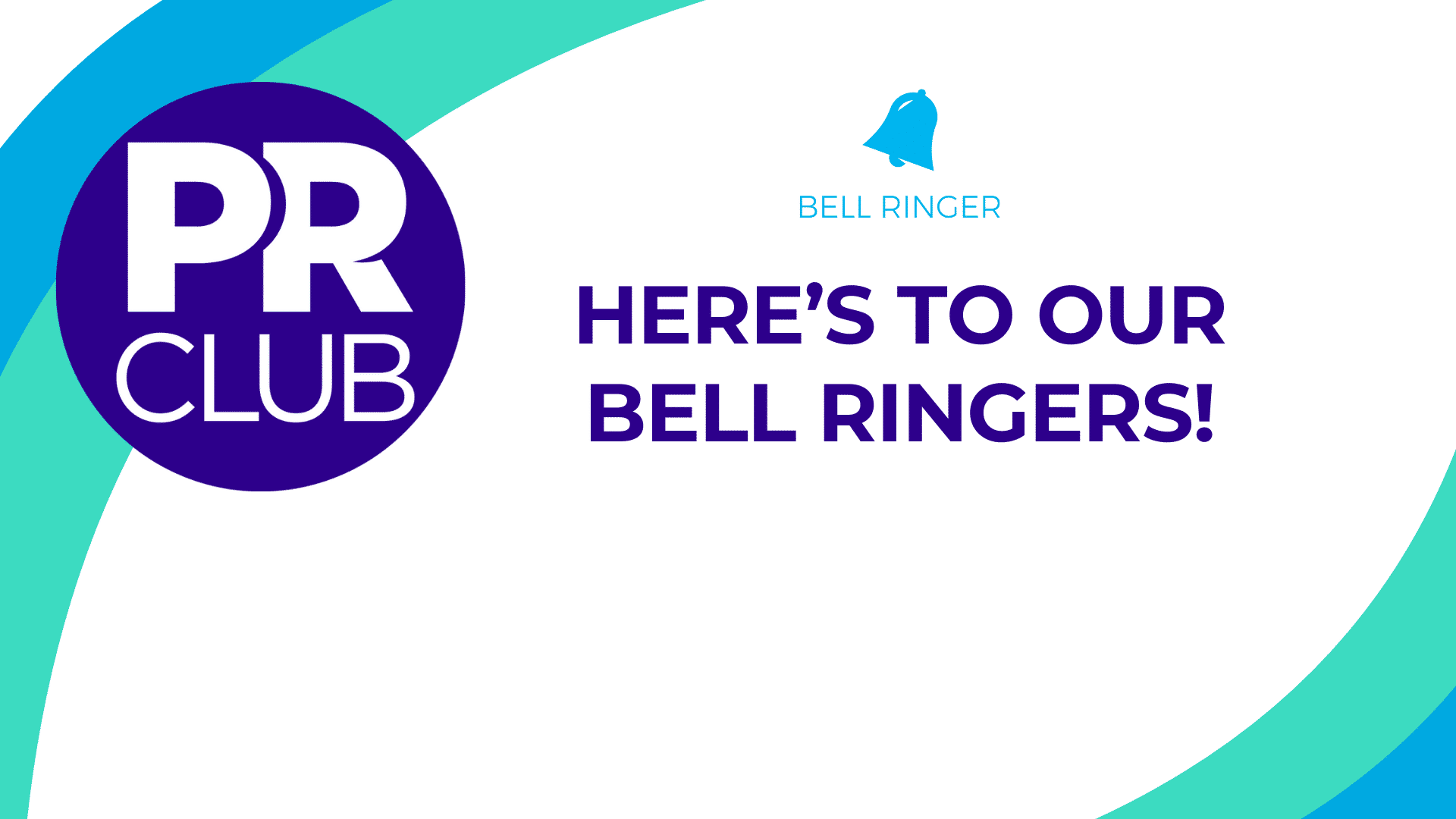The economy has had a major impact across industries in the US and as a result, journalist beats have been changing too. In short, the media shape shifts with major macroeconomic events – we saw this at the onset of the pandemic too with many general assignment or healthcare reporters shifting to a specific “COVID-19” beat.
We’ve also seen a massive amount of layoffs across industries – and newsrooms are no exception. Economic pressures due to the COVID-19 pandemic put a severe strain on local, national and international newsrooms. Dismayed by cuts & layoffs – we witnessed more newsrooms unionize than ever before. In a digital-first era of journalism, media companies and publications continue to publicly share cuts and layoffs – with no imminent end in sight.
Today, it’s vital for media relations professionals to stay vigilant as it’s not an easy time to be a reporter or to be pitching reporters. A few things to keep in mind:
Always consider how a journalist likes to be contacted. As journalists embrace platforms such as Mastadon, Post and BlueSky, and Twitter (X) continues to undergo changes to its platform, it’s important for media relations professionals to stay nimble and confirm what platform a journalist is most active on (and follow them there). Search for any guidance whether a journalist is open to DMs and continue to monitor for journalists who regularly post about the stories they’re writing and ask for sources in real time. Don’t be afraid of phone pitching or even texting if a reporter prefers. Additionally, be conscious about following up with intention over email. As you garner new relationships, and evolve existing relationships, asking about communication preferences is key.
Approach thought leadership ideation with a deep awareness of macroeconomics. It’s good to be aware of the state of the economy, the world we live in, and how all of it is impacting your client’s business. That said, it’s also important to balance awareness with helping reporters tell the stories that matter most in the wake of a terrible economy and a doom and gloom news cycle. What is the thought leadership driven angle you can derive from a piece of breaking news? What is the business health angle? How can you help evolve the story past the initial news to positively position your client? The more you understand about your client’s business, the better you can strategize on telling a narrative that they are happy with. The more you understand the state of the world we are living in, the better you can serve as a trusted and reliable resource to journalists without pitching a narrative that’s tone deaf.
Be a human first. Always approach each interaction with a reporter as a human first and a PR professional second. For example, if a reporter’s publication just went through a massive round of layoffs, it’s important to consider that the reporter you’re pitching may have lost a close colleague that they also had a close friendship with. It’s likely that reporters are also taking on more stories with a tighter bandwidth than before. If you go into a reporter interaction with an empathetic mindset, you are being a human first. Don’t leverage news about layoffs with an ulterior motive. Instead, be strategic and understand that response times may be longer (build more time in for outreach and follow ups). Empathy will go a long way in establishing an evergreen working relationship in today’s rapidly changing media landscape.
I’ve learned that one thing is true about working in media relations: change is a constant. Changing reporter beats, reporters changing careers, new reporters on the scene, new industry challenges, shifting business climates, client priorities, and the swinging pendulum that is the US economy. Knowing how to successfully navigate a landscape that is constantly in flux is a fluid practice rather than an artform. It’s extremely important that PR professionals continue to work alongside reporters to the best of their abilities to continue a symbiotic relationship in a world that is spinning quickly.
This article was written by PR Club Board Member and Senior Media Manager at Pan Communications, Abbey Clark.




